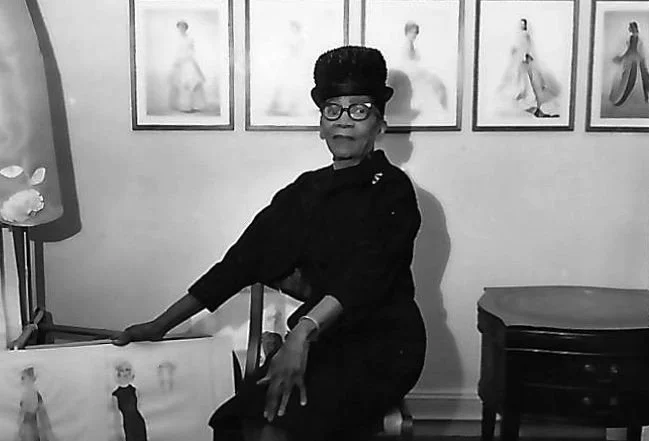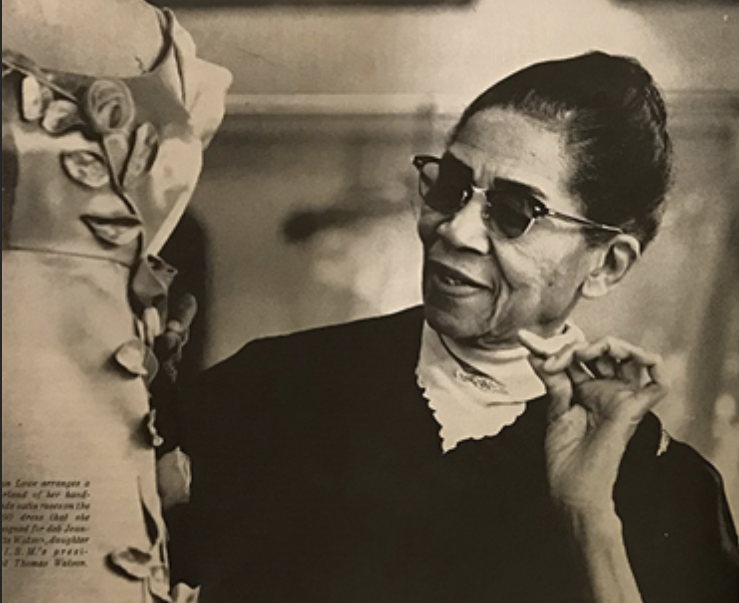Ann Lowe: Couture, Credit, and Quiet Revolution
Ann Lowe made gowns for the elite—but her name remained hidden in plain sight. As a Black American couturier working mid-20th century, she forged beauty on her own terms while navigating a world that denied her presence. Now, as a biopic produced by Serena Williams comes into view, her story is poised for overdue recognition.
Background & Philosophy
Born in Clayton, Alabama in 1898, Lowe traced a path from her grandmother’s dressmaking table to the salons of New York and high society. Despite making some of the most exquisite gowns of her era—most famously the wedding dress for Jacqueline Bouvier’s marriage to John F. Kennedy in 1953—she received little public credit at the time. Her philosophy was simple: craftsmanship, individuality, and integrity. She believed that a gown should embody the wearer’s dignity and story—not just spectacle. Though she catered to society’s upper curves, her vision was quietly rebellious: to claim space and artistry in a field structured against her.
Design Approach
Hand-crafted detail: Lowe’s gowns are known for sculptural tailoring, floral appliqués, and minute stitch-work that transformed fabric into texture and storytelling.
Elegant structure: She balanced ease and formality, offering garments that moved with life yet held shape—capturing a sense of freedom within precision.
Quiet luxury: Rather than overt branding or flamboyance, her work signalled taste through mastery. She described her clientele as “not Mary and Sue” but those who sought subtle power in dress.
Position & Influence
Lowe worked for families like the Rockefellers and du Ponts, yet her legacy remained largely invisible for decades. Today, her designs are part of the collection at Ohio State University Historic Costume and Textiles Collection, where one gown was described as “immortalized” in 2023. This institutional recognition signals a turning point—one where her story shifts from footnote to foundational.
With Serena Williams producing a biopic on her life, Lowe’s narrative is poised for cinematic reclamation. Her influence now extends beyond couture into the cultural archive: a blueprint for how Black women might claim both artistry and authorship. Her legacy is more than dresses—it’s the quiet revolution of making meaning through cloth, craft, and unacknowledged excellence.





